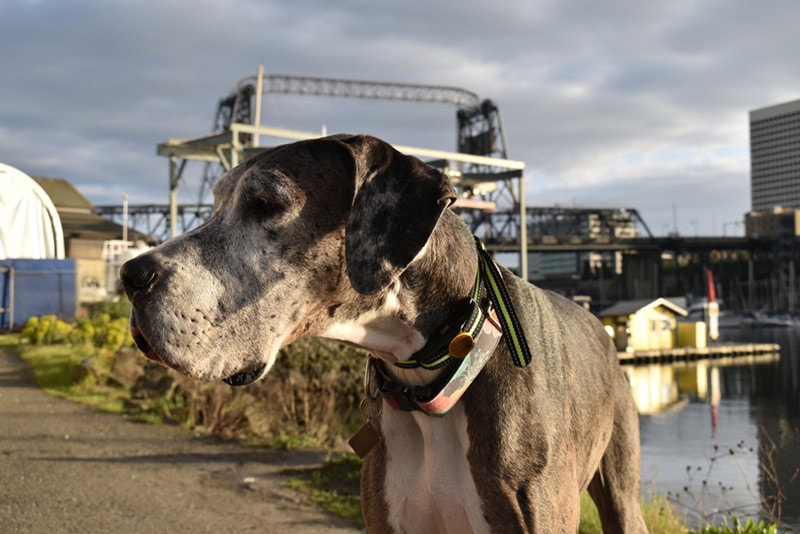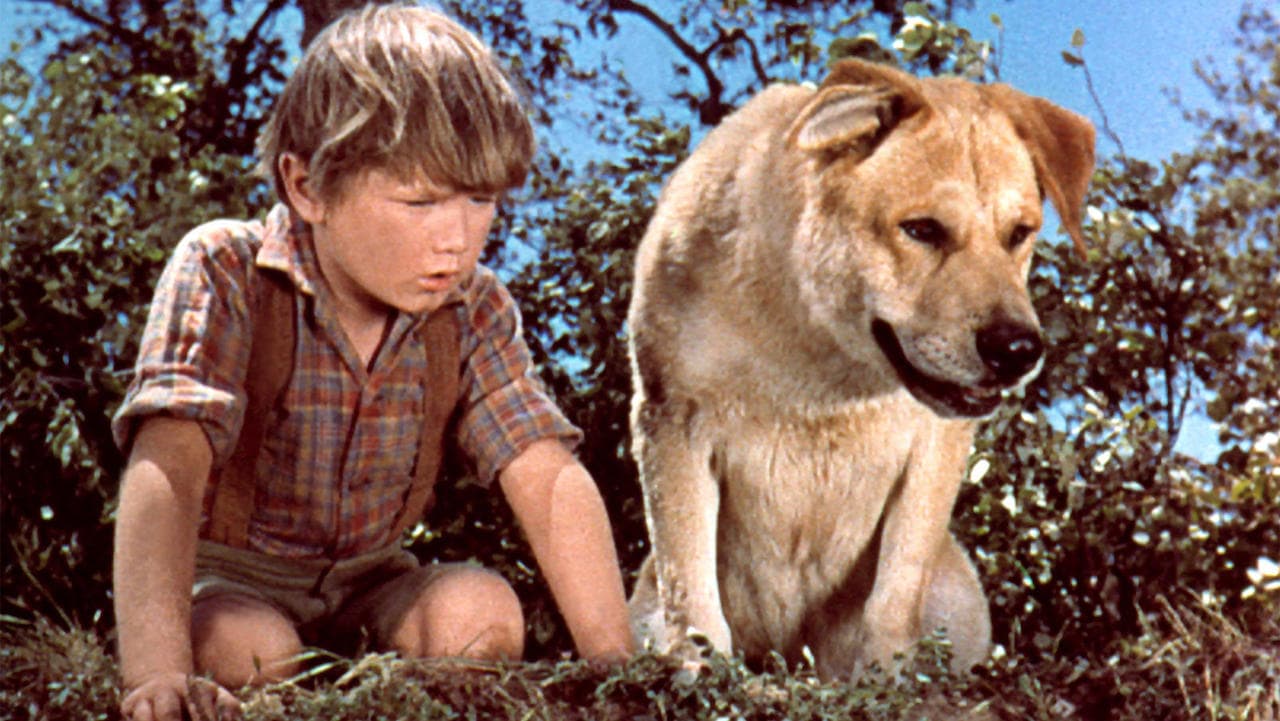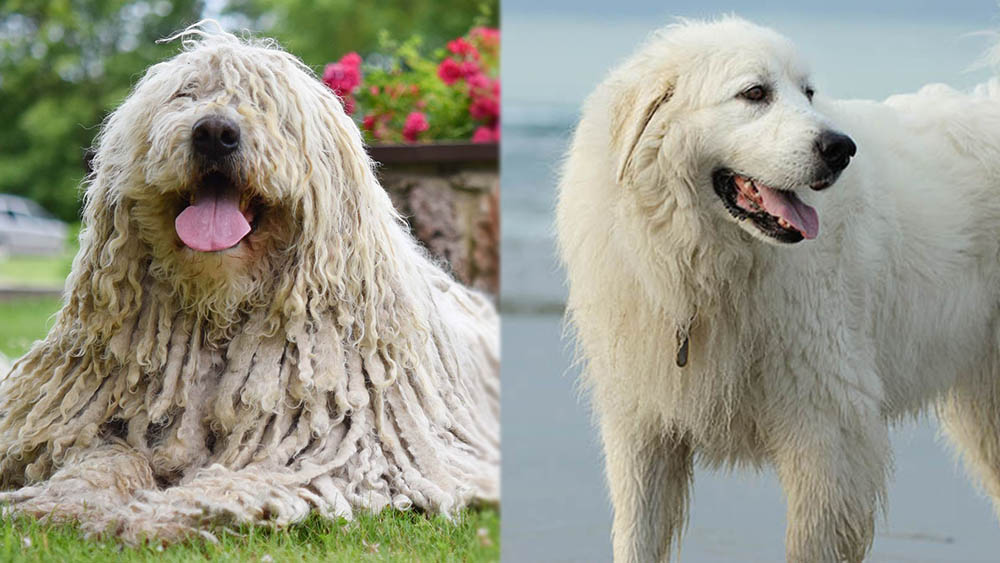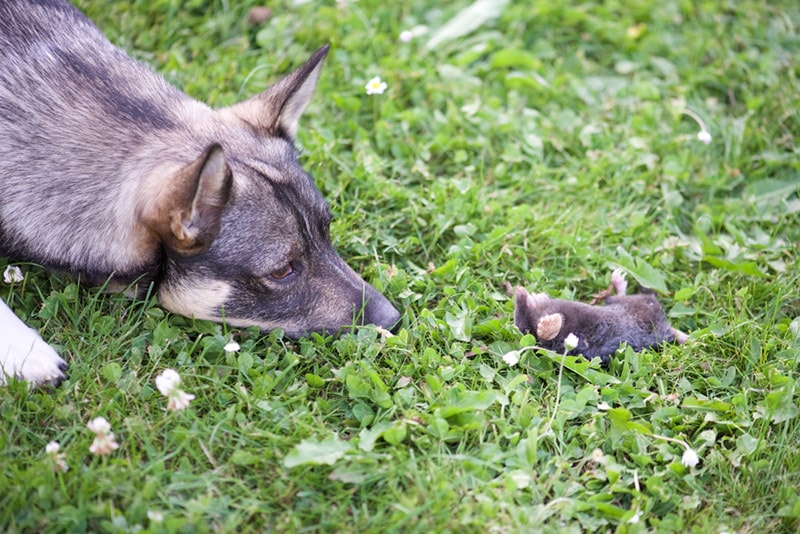Mantle Merle Great Dane: Pictures, Facts & History

Updated on

The Great Dane is a giant dog breed, widely considered the tallest dog breed. They were bred to hunt wild boar, hence their large size and muscular stature. However, the modern Great Dane is generally kept as a companion animal. It is gentle, even for its size, and offers a lot of loyalty and love. It can be quite a goofy dog, and many are described as being fearful of just about anything.
The Mantle Merle Great Dane is a very specific coloration of the breed, with the white base coat of the Mantle Great Dane. But while Mantles have black spots, the Mantle Merle Great Dane has silver or gray spots, generally over its whole body.
| Height: | 26–34 inches |
| Weight: | 100–200 pounds |
| Lifespan: | 7–10 years |
| Colors: | White, black, gray, silver |
| Suitable for: | Families and owners with a lot of space |
| Length: | Gentle, affectionate, loving, playful |
The Mantle Merle Great Dane is a combination of two color variations of the Great Dane. Mantle Great Danes have a black blanket over white coloring. The nose stripe is white but the rest of the head is black. A Merle Great Dane, also referred to as Dapple, has black-on-gray fur, sometimes with a white undercoat. The combination of these two colors results in a dog that has a white body with gray or silver spots and blotches across its body. Mantle Merles are accepted by the Great Dane Club of America.
Mantle Merle Great Dane Breed Characteristics
 The Earliest Records of Mantle Merle Great Danes in History
The Earliest Records of Mantle Merle Great Danes in History
Great Danes are an ancient breed with evidence suggesting that their early ancestors were found in ancient Egyptian times in 3,000 B.C. Assyrians traded these dogs with Romans and Greeks, who bred them with other large breeds like English Mastiffs. The breed was originally known as the Boar Hound, as it was developed to hunt wild boars. By the 16th Century, the name had changed to English Dogges and then, by the end of the Century, to Kammerhunde or Chamber Dogs.
By this time, the breed was becoming popular as a companion. In the 1700s, a French naturalist saw a lither version of the dog, while traveling in Denmark. He called this breed the Grand Danois, or Great Dane. The name Great Dane has remained with the breed, even though it does not originate in and wasn’t really developed in Denmark. Different colors of the dog have developed naturally over time and there are no records of when exactly the Mantle Merle Great Dane was introduced.
How Mantle Merle Great Danes Gained Popularity
The breed first became popular in the 17th Century when they were taken into the household and given the name Chamber Dogs. The dog’s modern popularity can be attributed to the Germans who, in 1880, held a meeting and determined that the Great Dane was a distinctly different breed to the English Mastiff. They even tried changing the name of the breed to the German Dog, but while some European countries accepted this name change, Italy and English-speaking countries were not so accepting. It was the Germans, however, that helped turn the breed from ferocious hunters into loving companion animals.
Formal Recognition of Mantle Merle Great Danes
The Great Dane Club of America was first established in 1889 and was one of the first breed clubs to join the American Kennel Club. Today, the Great Dane Club of America does recognize the Mantle Merle Great Dane and the American Kennel Club accepts both Merle and Mantle variants of the breed.
Top 3 Unique Facts About Mantle Merle Great Danes
1. They Are the Tallest Dog In the World
Measuring up to 34 inches, and occasionally more, Great Danes are giant dogs and they are recognized as the tallest dog breed in the world. They can weigh as much as 180 pounds, or slightly more, so they are very large dogs all around.
2. They Are Very Affectionate
Despite their massive size, Great Danes are known for being highly affectionate and loving dogs. They will want to spend as much time as possible with their owners, and while their large size means that accidental injuries can happen, they tend to be very aware of their size and are especially gentle around children and smaller animals.
3. Great Danes Need Good Training
The size and strength of the breed mean that the Great Dane must be able to follow instructions and obey commands. They need socializing from a young age and you will need to embark on training when they are young.
Does a Mantle Merle Great Dane Make a Good Pet?
The breed is known for being loving, affectionate, and sweet. They have gained the nickname of the gentle giant because they are seemingly aware of the dangers of their size and are gentle around young children and small animals. They do need exercise, although despite their size they do not need hard exercise.
You should be prepared for the fact that Great Danes generally think of themselves as lap dogs, and yours will likely try getting up and sprawling across you when watching TV. These short-haired dogs don’t need much grooming, but they do only have a relatively short lifespan of up to 10 years, and they are prone to some joint and heart conditions as a result of their giant size.
Conclusion
The Mantle Merle Great Dane is a color variant of the Great Dane. It has a white base coat with silver or gray spots, typically on a blanket of black or darker gray. The breed has a very long history and has been through several name changes over the past few hundred years. Known as a gentle giant, the breed that was originally bred to hunt wild boars is a loving and loyal companion dog that can do well in families of all sizes and ages, although it does need a lot of room to move around and will require regular daily exercise to stay healthy.
Featured Image Credit: Paige Racioppo,Shutterstock
 The Earliest Records of Mantle Merle Great Danes in History
The Earliest Records of Mantle Merle Great Danes in History










